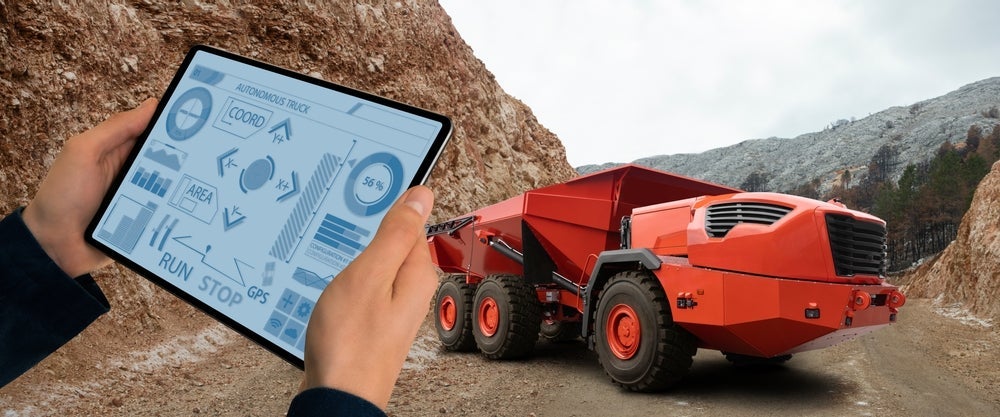Stripe has filed a patent for a solution that improves the reliability of predictions made by a machine learning model. The solution involves dynamically setting the threshold used by the model based on the output of a second machine learning model. This approach aims to enhance accuracy in cases where the first model may not adequately capture certain circumstances. GlobalData’s report on Stripe gives a 360-degree view of the company including its patenting strategy. Buy the report here.
According to GlobalData’s company profile on Stripe, rebate eligibility processing was a key innovation area identified from patents. Stripe's grant share as of September 2023 was 59%. Grant share is based on the ratio of number of grants to total number of patents.
Dynamic threshold adjustment for machine learning models


A recently filed patent (Publication Number: US20230316292A1) describes a method and system for training machine learning models to predict credit card validation outcomes and detect enumeration attacks on merchants. The method involves training a first machine learning model, which is a classifier model with a threshold, using a first machine learning algorithm. This model is trained to predict whether a credit card validation will be declined by a credit card issuer.
Additionally, a second machine learning model is trained using a second machine learning algorithm. This model is trained to predict whether a merchant corresponding to the credit card validation is under an enumeration attack. The training of both models uses the same training data but with different labels. The training data for the first machine learning model includes labels obtained from actual approvals and declines of corresponding validations by the credit card issuer.
The method further involves feeding a first input to the second machine learning model and adjusting the threshold of the first machine learning model based on the output of the second model. The adjusted threshold is then used by the first machine learning model to classify a prediction made for the first input. The first machine learning algorithm and the second machine learning algorithm used in this method are XG Boost algorithms.
The patent also describes a system that includes one or more processors and memory storing instructions for performing the operations described in the method. The system trains the first and second machine learning models, adjusts the threshold, and feeds inputs to the models for prediction.
Furthermore, the patent includes a non-transitory machine-readable medium that contains instructions for performing the same operations as described in the method and system. This medium can be read by a machine to train the machine learning models, adjust the threshold, and classify predictions.
Overall, this patent presents a method and system for training machine learning models to predict credit card validation outcomes and detect enumeration attacks on merchants. By combining the predictions of two models and adjusting the threshold, more accurate predictions can be made, potentially improving the efficiency and security of credit card validation processes.
To know more about GlobalData’s detailed insights on Stripe, buy the report here.
Data Insights
From

The gold standard of business intelligence.
Blending expert knowledge with cutting-edge technology, GlobalData’s unrivalled proprietary data will enable you to decode what’s happening in your market. You can make better informed decisions and gain a future-proof advantage over your competitors.







